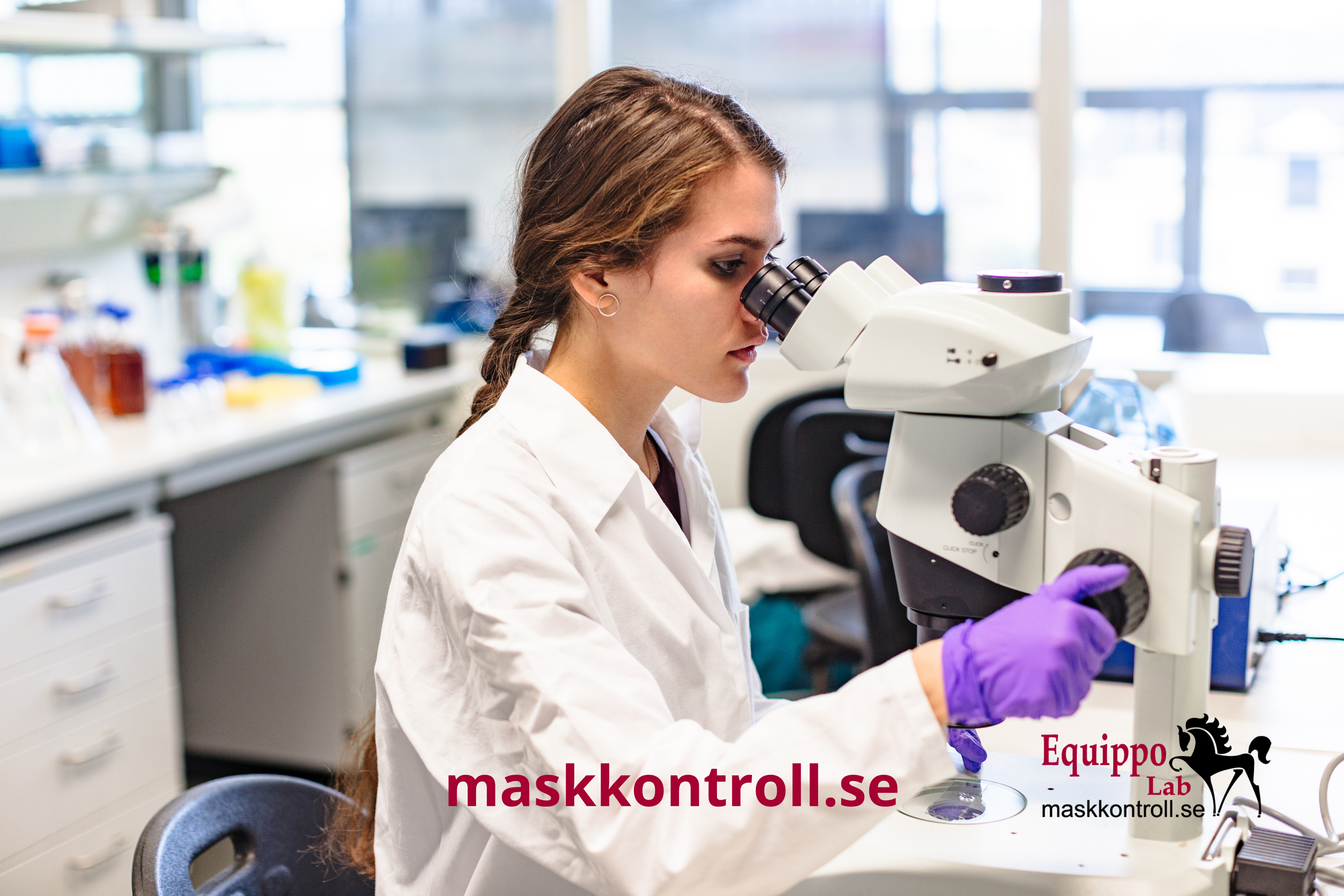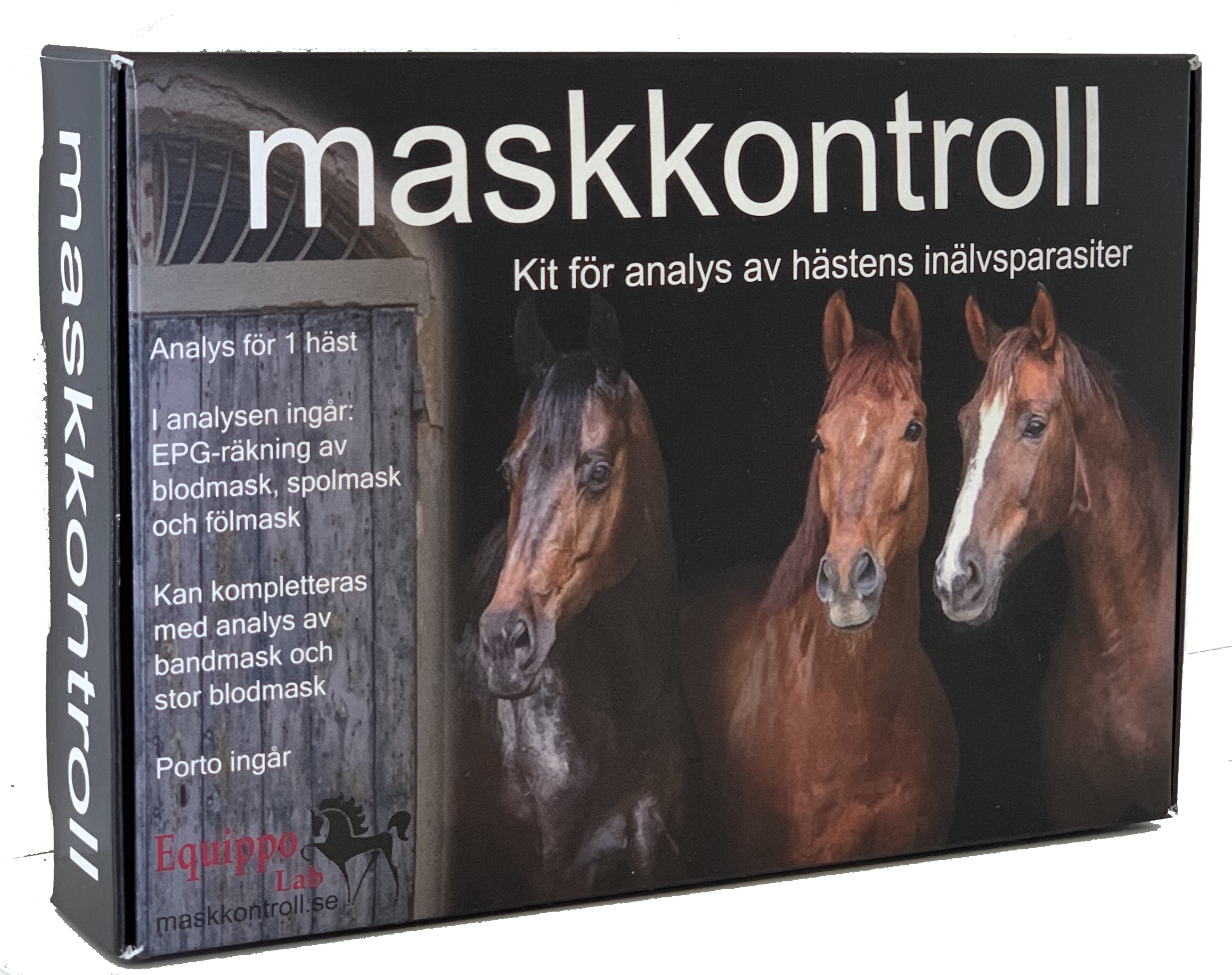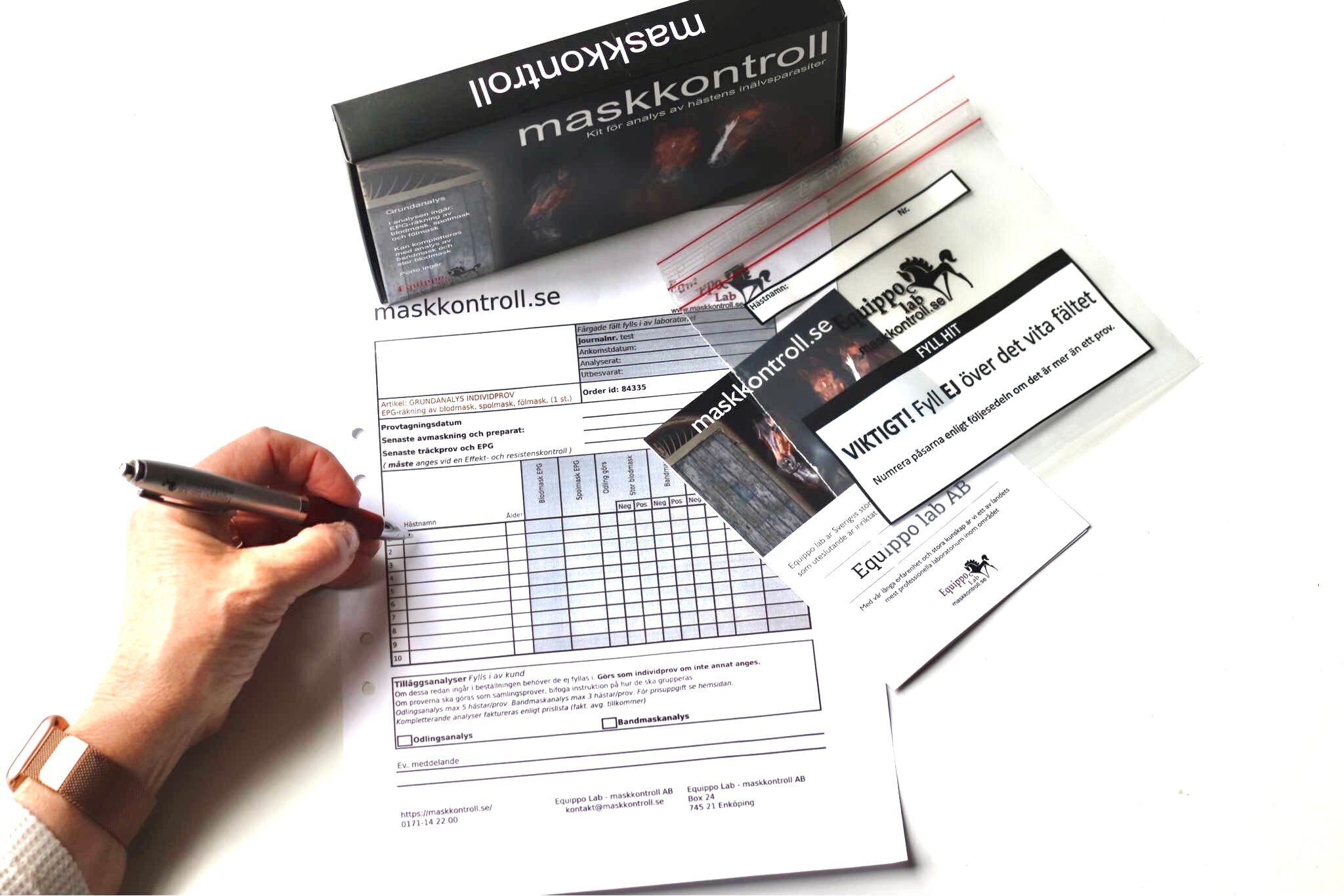Equippo Lab
Worm Control - Basic Analysis - 1 Horse
0 items
Product description
Terms & Conditions
This fecal test kit is sent to and analyzed by Equippo Lab and is valid for 1 horse. A basic analysis includes an EPG count (eggs/gram feces) for strongyles, roundworms, and foalworms. Based on the test results, a decision is made on whether deworming is necessary for these parasites. It is important to deworm only horses with levels high enough to warrant it. Unnecessary deworming contributes to parasite resistance. The fecal sample is analyzed the same day it arrives at the laboratory, and results are provided no later than the following day.
All horses carry small strongyles, usually in harmless amounts. Statistically, a few horses in a group are responsible for most of the transmission. The goal is not to eradicate the parasites; small strongyles will always exist in areas where horses graze. The purpose is to maintain low transmission levels by deworming the horses carrying a large quantity. A very high presence of small strongyles can also negatively impact the horse.
Roundworms are usually found in young horses. As horses age, they develop resistance to roundworms, reducing their risk of infection. Roundworm eggs are very resilient and can survive for several years in the environment. Large amounts in the intestines can cause colic, and in severe cases, intestinal rupture. Therefore, it is important to deworm if there is a high presence of roundworms. Foals should always be preventatively dewormed against roundworms at 8-10 and 16-18 weeks of age.
Foalworms are relatively harmless and usually disappear on their own before the foal reaches six months of age. Diarrhea that may affect foals was previously thought to be caused by foalworms, but it is now known to result from hormonal changes in the mare. There is no need to deworm the mare for foalworms after foaling.
Some additional analyses can be chosen as add-ons on the submission form before sending in your sample, or ordered separately on the Equippo Lab website. Fees are charged according to the current price list. A basic analysis cannot determine if the horse has large strongyles. To detect large strongyles, a culture must be performed, meaning strongyle eggs are hatched, allowing differentiation between large and small strongyle larvae. The large strongyle is the most dangerous parasite for horses, and it is recommended to conduct regular culture analyses. However, due to their long life cycle, at least six months must pass after the horse is infected. Therefore, there is no point in performing a culture analysis within six months after deworming. A culture analysis can be ordered separately or added when sending in your sample by specifying it on the submission form. The test result is reported as positive (presence) or negative (absence) for large strongyle larvae.
Tapeworm analysis detects the presence of tapeworm eggs. Tapeworms are relatively common and usually do not show any symptoms. However, studies have shown that tapeworms are frequently present in cases of colic. Other symptoms may include a dull coat, swollen legs, or weight loss. The tapeworm’s life cycle is long, requiring approximately four months after infection for detection. When deworming, it is important to ensure that the treatment is effective against tapeworms. The test result is reported as positive (presence) or negative (absence) for tapeworms.
Horse owners must help reduce resistance by deworming at the right time and ensuring proper procedures. Always conduct an analysis instead of deworming as a preventive measure. If the analysis shows that parasites are present in high amounts or that dangerous parasites are present, the horse should be dewormed. To obtain a prescription for deworming medication, contact a veterinarian. It is important to inform the veterinarian of the test result so that the horse receives the correct medication. Make it a habit to perform a new basic analysis 14 days after deworming to ensure that the treatment worked. Follow-up is important.
Resistance to deworming medications is increasing, and every effort must be made to slow it down. Unnecessary deworming or treatments that are not fully effective can lead to resistance among parasites to the deworming agent. Verify that the treatment worked by performing a new basic analysis 10-14 days after deworming. The EPG should have decreased by at least 90% or 95%, depending on the medication used.








